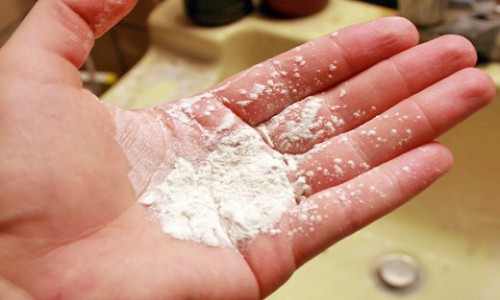A History of Problems
Did you know that talcum powder has been sold for nearly 100 years and is explicitly marketed to babies and women?

If you’ve ever watched a Johnson & Johnson’s Baby Powder commercial, then you likely know that it is marketed as being a product that soothes sensitive skin. Or maybe you are familiar with Shower to Shower, which is marketed as an absorbent body powder for adults. The dangerous fact of the matter is that women typically use talcum powder for feminine hygiene and implement the powder to their genital area. Johnson & Johnson has marketed its products as safe for this kind of use.
What is Being Done?
Recently, some lawsuits have been filed against Johnson & Johnson claiming that the company’s talcum powder products have produced serious and even fatal side effects in users. If you think that you have experienced a serious injury or medical condition because of talcum powder, you should consult your legal rights with an experienced talcum powder lawsuit attorney as soon as possible.
The most traditional medical condition associated with long-term use of talcum powder for feminine hygiene is ovarian cancer. Medical researchers have announced that talc particles can progress through the female reproductive system and become stuck in the ovaries. Talc fibers are long-lasting and tough to remove from the body. Over time, these fibers can create inflammation, causing tumors to form, which in turn leads to ovarian cancer. In fact, the American Cancer Society explicitly discusses talcum powder use as a determinant in concluding one’s risk for ovarian cancer.
The American Cancer Society describes that more than 22,000 women will be diagnosed with ovarian cancer this year. Making matters worse is the fact that over 14,000 women will lose their battle with ovarian cancer each year. The probabilities of surviving ovarian cancer depend on several factors. Even if one survives ovarian cancer, treatment is long and painful; moreover, treatment usually includes surgery, radiation therapy, and chemotherapy.
Signs to Watch For
There are numerous indications and symptoms of ovarian cancer. Since early detection can increase chances of survival, you should periodically seek a medical evaluation if you think you have any of these signs or symptoms:
- Pain in the abdomen or pelvis;
- Constipation;
- Stomach pain and upset;
- Changes in your menstrual cycle;
- Pain during sexual intercourse;
- Back pain;
- Fatigue;
- Bloating;
- Urgent or frequent urination;
- Appetite problems and weight loss.
In the event you or someone you love is diagnosed with ovarian cancer, the road ahead is long, exhausting, and will undoubtedly involve costly medical treatment. As you may know, surgery, hospitalization, chemotherapy, medications, and medical equipment result in crushing medical bills. The vast majority of people enduring cancer treatment are too sick to work, which, in turn, causes lost income and an increased risk of falling behind on bills. Thus, even after battling cancer, survivors face another financially debilitating hurdle when attempting to wrestle with their bills, mental fatigue, and other financial losses.
What Should I do?
To hold Johnson & Johnson responsible for you and our family’s losses, you must prove that Johnson & Johnson was negligent in one of the following ways:
- Selling a defectively manufactured product;
- Selling a defectively designed product;
- Marketing a harmful/dangerous product as safe for consumer use.
Call the Testa Law Group at 877-780-9052 to begin your path to recovery with a free consultation today.

